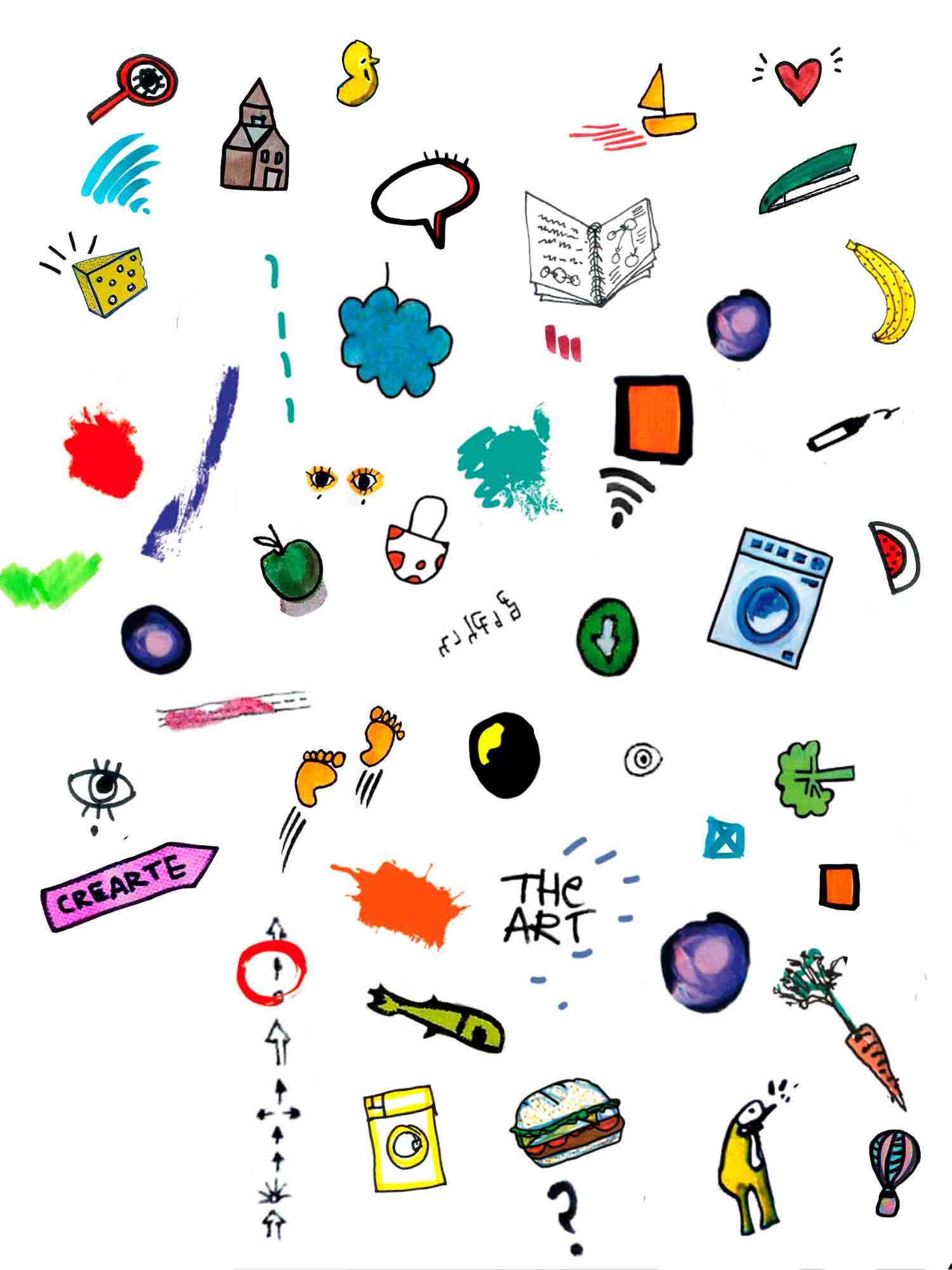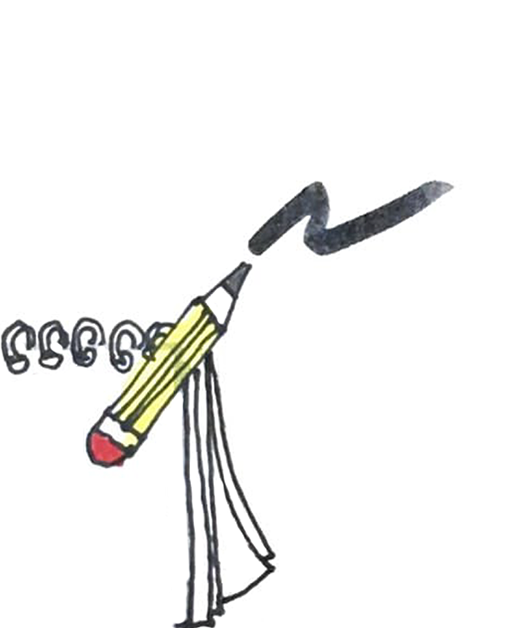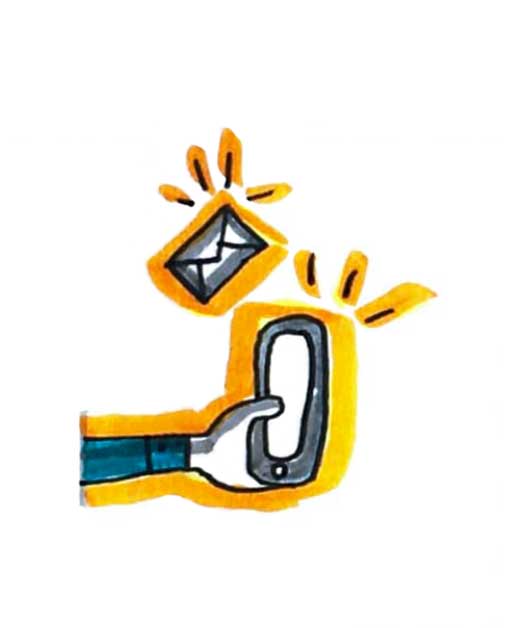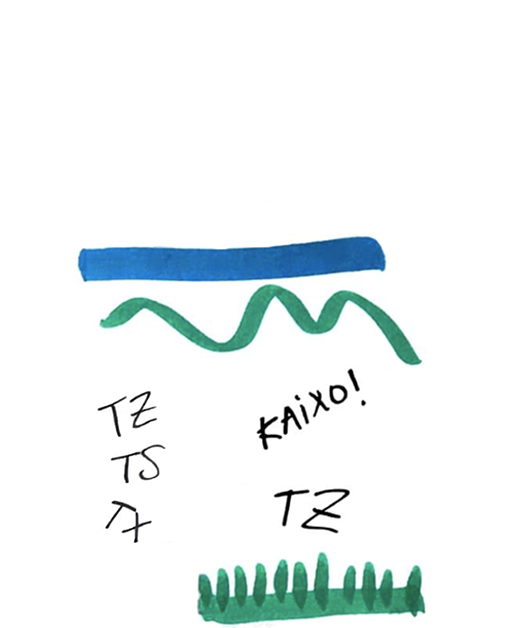Determining keys to facilitate sessions
How to facilitate sessions? First ask yourself those trigger questions:
- What is the goal, what do we want to do this for?
- Is it a complex problem?
- Do we need to build in common?
- What emotion do we want at the end of the session or process?
- Do we know in detail what the needs of the users are?
Then, take into account the advice gathered by the Gamestorming community - of facilitators or Gamestormers - of which I feel part. Being asked for advise, facilitators from around the world have shared their wisdom with those preparing to facilitate their first workshops.
Here a few good tips that have emerged and that, as a facilitator and designer of participatory decision processes, I agree with.
What can you do if you are looking to facilitate sessions or work meetings?
1 - If you want to facilitate productive sessions, be prepared to improvise if necessary.
Write your script word for word, rehearse everything. But be prepared to be flexible when you enter the room.
2 - Clarify your role. As a professional who will facilitate a session you are not responsible for the answers, only for shaping the journey on the way to discovery.
3 - Establish your emotional state. The room will follow your lead, how do they need you to feel?
4 - Decide what the tone is going to be. Think about how and what your first activity will be. The atmosphere you create will be the basis for the rest of the workshop.
5 - Connect with the people. The collective and individual connection will energize the room and put you in tune with the path you will have to follow.

What role does improvisation play when you facilitate a working session?
It is important to be fully prepared and be in a position to let go of all designed plans if the time should come, if another need arises and it is consensual. Follow your intuition and look for what the group needs. Previous preparation is your backup plan, but you must concentrate your efforts on creating an enabling environment for the group.
Remember to create a personal connection and learn to listen carefully to the vibe of the group, not just to the words. Being in deep connection with yourself helps you to listen better. Engage the group in moderate activities that maintain a steady energy level.
Be prepared before you enter the room, understand the purpose and who will be there. How do you support those working toward that goal? Remember that you are there primarily to support the achievement of the purpose and not to deliver content. Therefore, focus on how to get the most out of the contributions of the people involved and how to keep them engaged: vary activities to support different ways of working (e.g., solitary vs. collaborative).
Also, if a report or conclusions need to be produced, make sure they are producing things that you can refer to directly afterwards, such as a prioritization matrix or roadmap.
Prepare the session with a clear central line. Make this a shared objective and remind them throughout the session what the goal is. This will get you back on track when people stray from the purpose of the session.
How do you facilitate online meetings and how do they differ from face to face sessions?
1. Familiarize yourself with the virtual platform you are using, whether it is Zoom, Google Meet, Teams, etc.
2. Be aware of your virtual presence: tone (speak clearly, vary your tone, talk at a moderate speed) and body language (take care of the way you dress and don't move too much, as it is distracting). Remember to look at the camera at all times.
3. If it is a dynamic session with a certain complexity, rreinforce the session with another person who takes care of other activities necessary for the session to flow. For example, this person can be in charge of answering questions that arise in the chat or sharing the link to the final survey. This will allow you to focus on the meeting and maintain focus.
4. Añade actividades interactivas como encuestas, salas de discusión, escribe tus puntos de vista en el recuadro del chat… este tipo de actividades aportan movimiento a la sesión que estás facilitando. Procura que sean un añadido y que no distorsionen la sesión.
5. Practice, practice, and practice to build confidence.
Facilitating sessions is about designing, creating and sustaining a container for people to fill with great ideas and results. Design a session that is structured enough for them to stay, but loose enough for them to have fun.









